MSI A88X-G45 Gaming Review
by Ian Cutress on August 11, 2014 8:00 AM ESTMSI A88X-G45 Gaming BIOS
Having dealt with MSI’s upgraded Z97 BIOS for a couple of recent reviews, taking a step back to the older version of the BIOS shows how a couple of simple upgrades can make all the difference. The A88X BIOS falls behind the Z97 BIOS on several key features: ordered overclocking options, no XMP button and simplified fan controls.
The first thing a user sees when entering the BIOS is this large dragon motif. This main screen lists the CPU installed, the CPU frequency, DRAM frequency, DRAM size and BIOS version. The motherboard name is also here, with CPU and system temperatures. This is a persistent banner, but is missing a couple of bits of information I would find also relevant: fan speeds and CPU voltages.
This main screen uses the six options down the sides for the other menus:
The Settings tab holds the Advanced menu option that opens up most of the controller options for the motherboard:
The Advanced menu hides nothing we have not seen before. One potential option I would like to see in future is an ‘extreme’ option that disables all non-essential parts of the BIOS (audio, NIC) for users that want a stripped out system.
The Save and Exit menu holds the one-time Boot Override options, useful for installing an OS via USB or booting from a different device.
The overclocking menu is essentially a mélange of options with no real order. MSI has worked on this for Z97, but has not retroactively applied it to the FM2+ series as of yet. I feel that we might have to wait until the next AMD update to see that order. Nevertheless, the key options regarding CPU ratios, XMP and CPU voltages are here. One point worth noting is that MSI does not support absolute CPU voltage settings on this motherboard, and users can only select an offset. I registered my disappointment with MSI on this detail, and they described the decision as a design choice.
The DRAM configuration lists the current settings of the memory, along with a description of each option on the right hand side. I would also like to see the XMP setting if available in this menu.
Updating the BIOS is done via the M-Flash menu. Note that the system might restart in order to update parts of the BIOS, and it is vital to let these run and not try to reset the system mid-flash. I mistakenly tried to reset mid-flash when nothing appeared on my screen – not a good idea, as it turns out my monitor was being slow to show a screen.
For fan controls, the Hardware Monitor tab on the main page opens up the screen above. The user can control the 4-pin fan headers on the motherboard, and specify the minimum/maximum power applied (note, not speed as written above!) to the fan. This is the type of graphical representation for fan controls that I have asked motherboard manufacturers to add since the beginning of graphical interfaces in the BIOS. Although this one gets some of the physics wrong, it was definitely a step in the right direction when MSI first introduced it. The Z97 chipset improvement has a few more interactive features, showing evolution of the idea.
Board Explorer is becoming a staple across almost all the motherboard manufacturers, showing what hardware is installed and what it is detected as. I recently used this exact feature to diagnose a new SATA drive that was DOA, but another use can be to detect which memory stick is ill.
MSI A88X-G45 Gaming Software
MSI’s driver DVD has a neat trick that as far as I can remember, no-one else does. If your screen resolution is too small to fit the installation interface, it will attempt to adjust the resolution of the screen to compensate. This helps me a great deal when setting up a motherboard for review, as I typically install the chipset drivers before any graphics drivers.
I will land one significant critique at MSI, as I do with other motherboard manufacturers. Please stop auto-including ant-virus and firewall programs with the software on the DVD. It subsequently becomes a part of the auto-update software and stays there ad-infinitum. I understand that these companies might invest some money in order to be included, but I would much prefer a separate DVD to be included with solely that software. That way I can remove it from my premises via some bonfire or clay pigeon launcher and choose my own anti-virus to install.
Killer Network Manager
Because MSI is marketing a gaming oriented motherboard, the extra gaming controllers also have their own software. In this case we get the Killer Network Manager for network management.
This software comes part of the package that MSI purchases, and uses a Windows 8 style interface. The basic premise is the ability to give each program a priority level for network traffic:
The software intercepts network traffic before it hits the Windows stack and reorders it appropriately, sending a series of packets for the most important software at a time. One would assume that using their own hardware, this could be implemented at the hardware level, but Atheros now do everything in the software. So one can surmise that because MSI buys the Killer NICs in bulk (for motherboards and laptops), it ends up being more cost effective than a Realtek/Intel + cFos implementation.
The software also monitors performance and usage:
MSI Command Center
The main hub of MSI’s options is with Command Center.
At the front of the software we get the motherboard model name, BIOS version, CPU used and OS, all of which is good information to receive. The Command Center interfaces uses a sliding system starting with basic CPU frequency overclock options and fan controls. The fans can be placed in a smart mode which allows a two-point gradient or a manual mode with a fixed fan power.
Note only the 4-pin system fans can be adjusted, while the three-pin fans will have their RPM fixed.
The Command Center interface also allows some CPU voltage adjustments, and as mentioned in the BIOS section, only a voltage offset is possible. This gives an option from -0.100 volts to +0.500 volts, although for most 24/7 overclocks +0.200 volts should be the upper limit.
Alongside offering some basic DRAM and IGP overclock options, MSI also includes RAMDisk functionality. This is optimal for users who want to offload some off the IO to the DRAM, but I have one small complaint here. I have to enable the RAMDisk before selecting the size of the disk, causing the disk to be reallocated when I make it larger than the 256 MB default size. Ideally MSI should allow users to select the size before the RAMDisk is enabled.
Command Center also gives an OC Genie screen, although users will have to change the switch on the motherboard in order to determine the severity of the overclock.
The software also offers overclocking and fan controls via a mobile app if the system is connected to a home network. Users will have to download the app from the Android/Apple stores.
For users that want adjust overclock voltages with a text interface, Command Center offers that as well.
MSI Fast Boot
With fast booting options available for Windows 8/8.1, users of the MSI software can either enable fast booting options or force the system to reboot into the BIOS with a click of the GO2BIOS button.
MSI Live Update 6
One of MSI’s big design wins over the past couple of years has been their interface for updating the motherboard drivers and software. Live Update 6 now shows users the size of the download as well, giving those on limited data plans the ability to decide those 350+ MB audio driver updates or not.
My main criticism with Live Update 6 is always the request for the software to install Norton software even though I deselected it in the driver CD install. There is no option to remove this from the auto-update list, and I would recommend that the next update of this software should include that option.


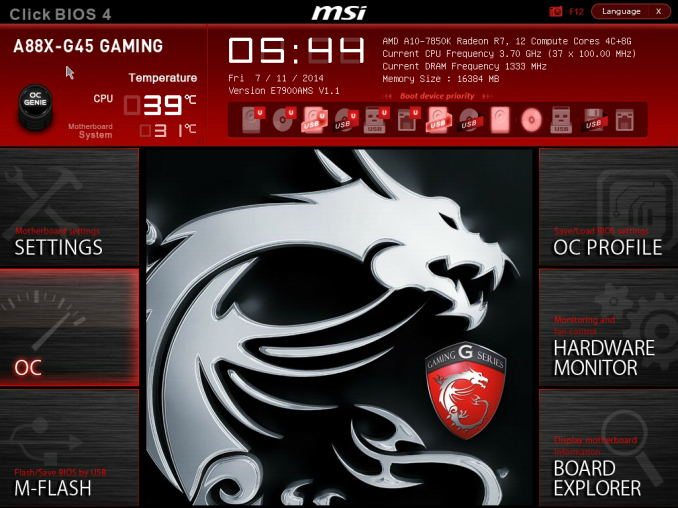


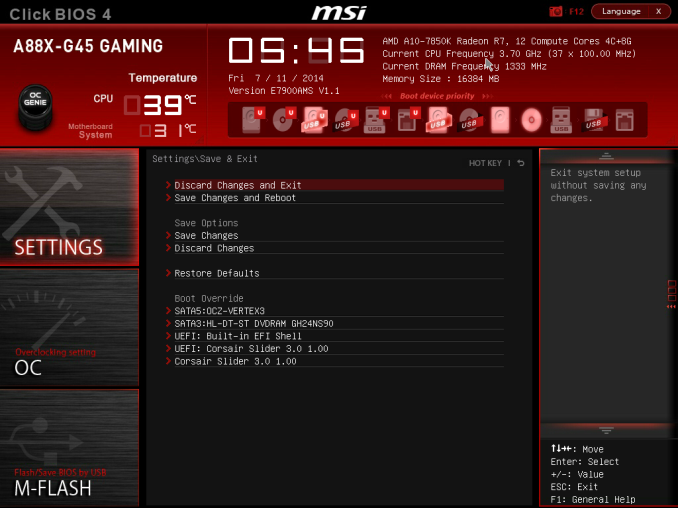
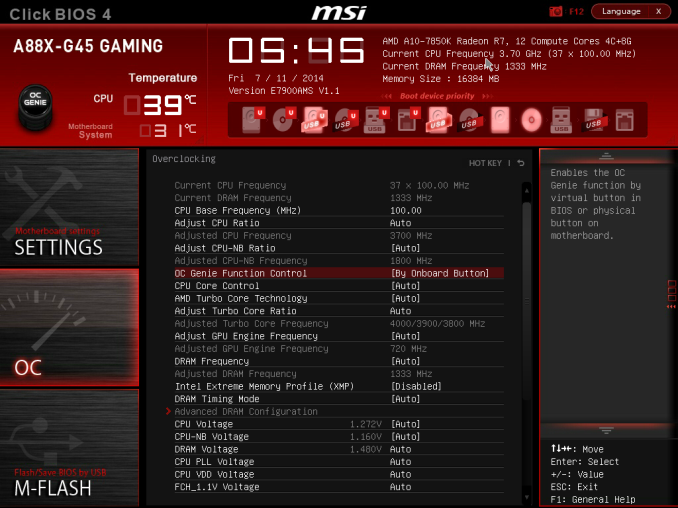
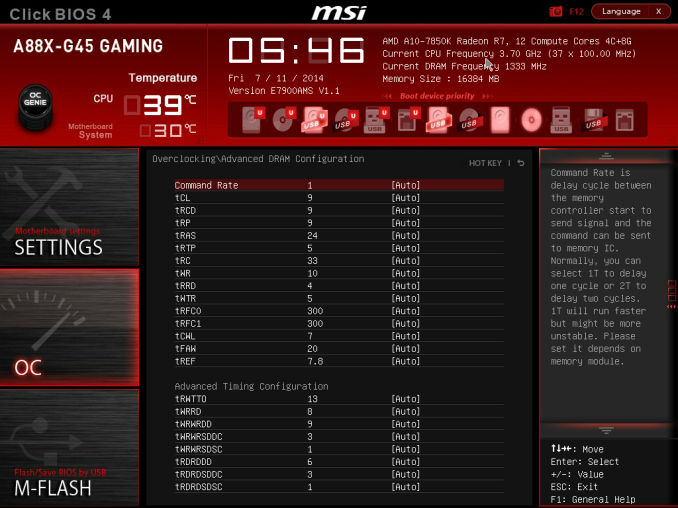
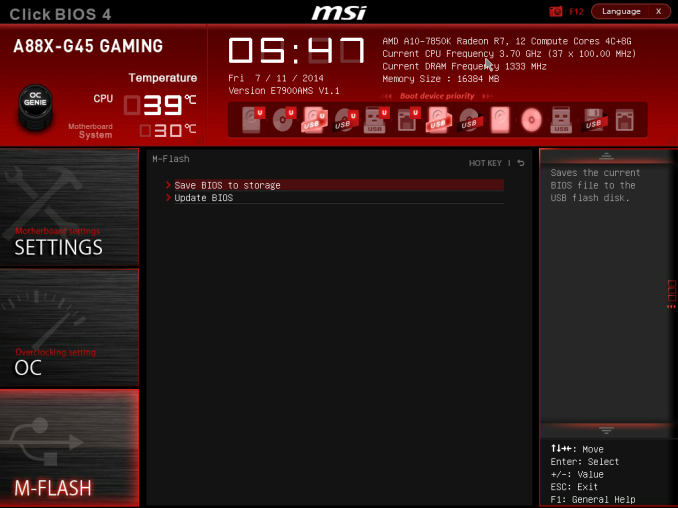








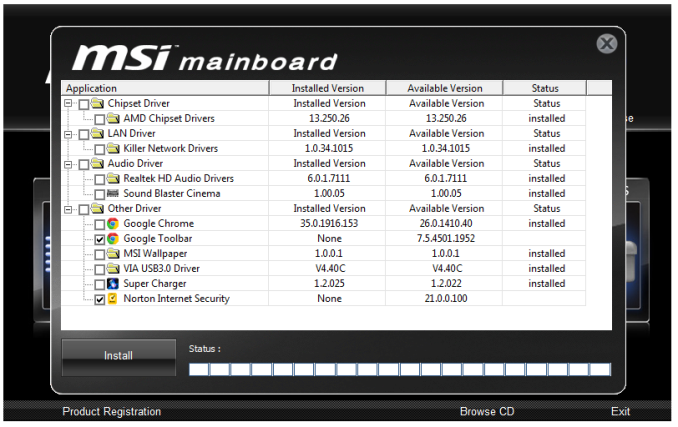
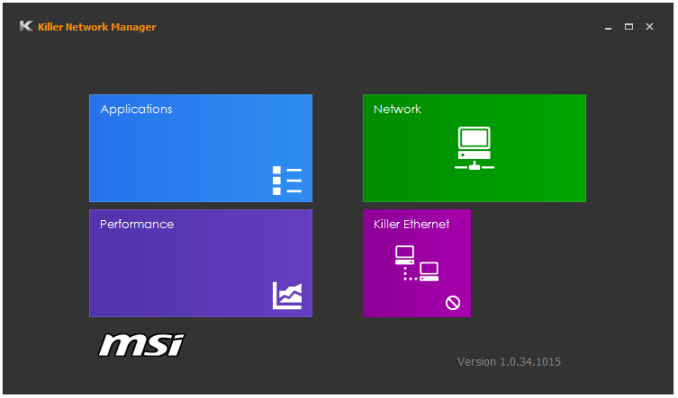
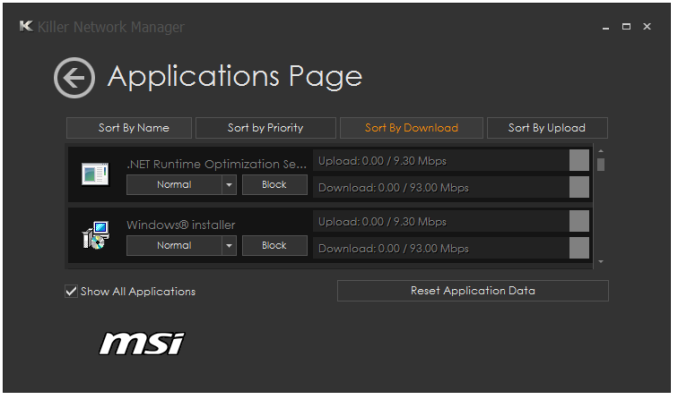
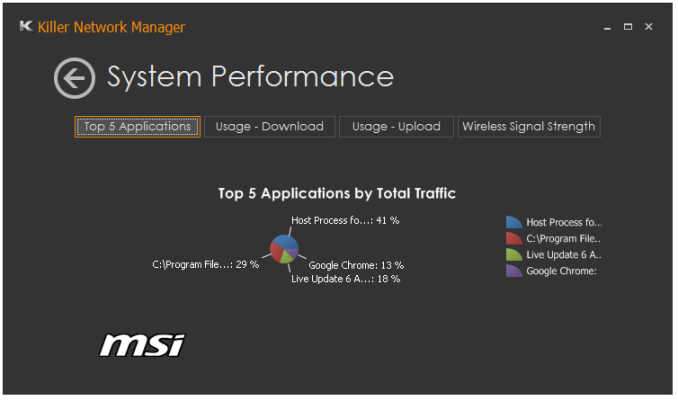
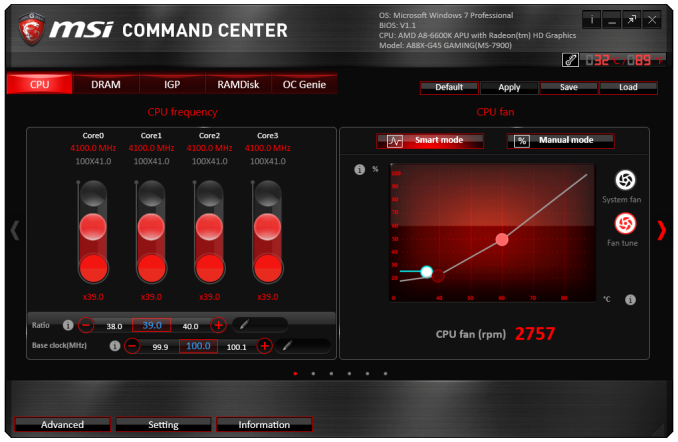
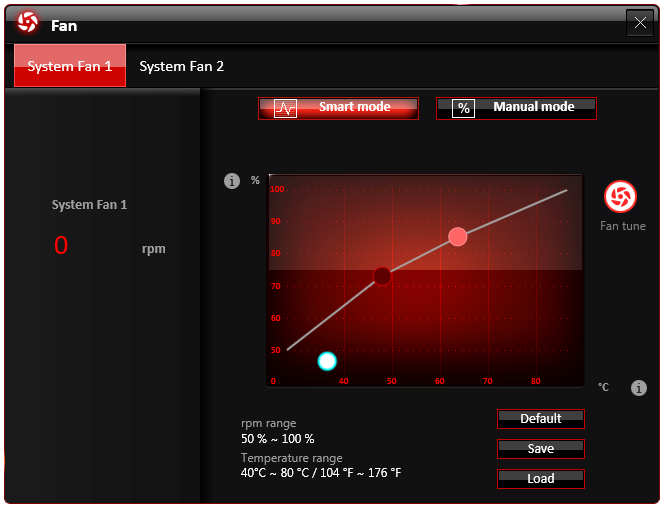
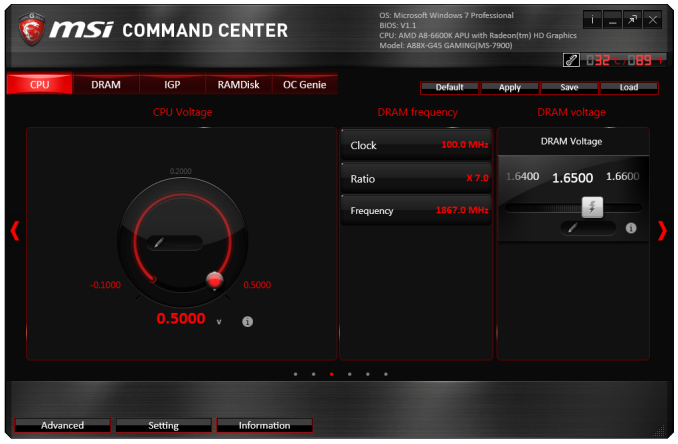
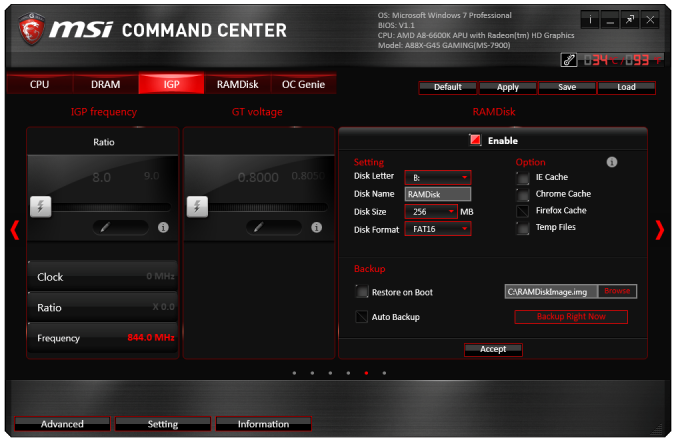
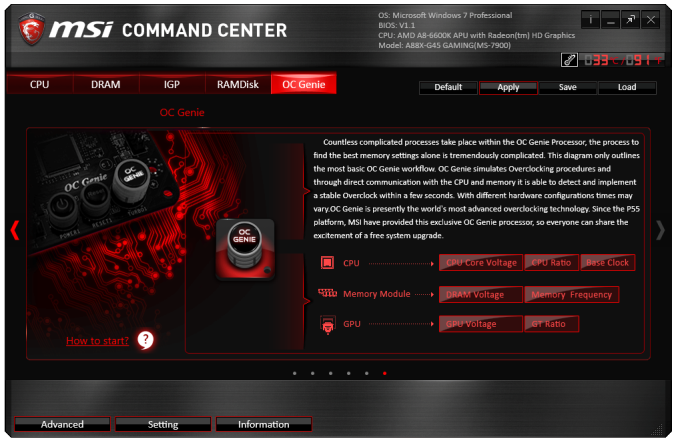
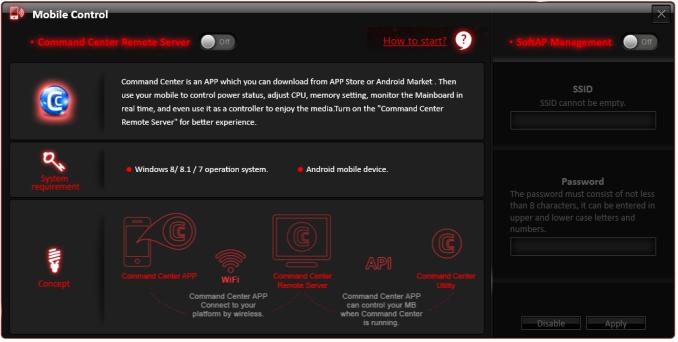
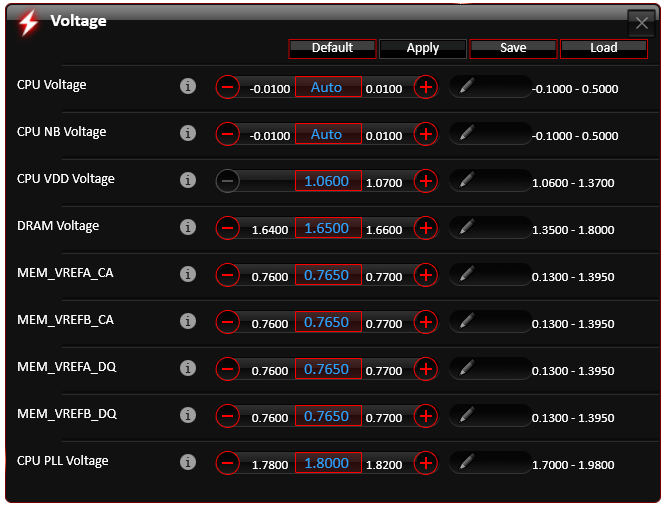
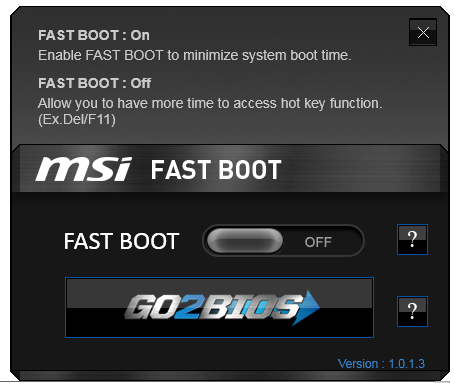















12 Comments
View All Comments
purplestater - Monday, August 11, 2014 - link
This really makes me want to build another computer that I don't need and can't afford.PHlipMoD3 - Monday, August 11, 2014 - link
So, the A10 7850K beats an i7 4960X in 2 gaming benchmarks, and not a word is said about that in the article apart from "The MSI motehrboard takes the lead in CoH2 comfortably."Seems fishy to me, same card, more CPU bottleneck on the A10, and yet it beats a 4960X in gaming? Shenanigans.
tim851 - Monday, August 11, 2014 - link
The games in which the A10 comes out on top are not CPU bottlenecked, but clearly limited by GPU performance. A victory there is likely a statistical fluke.PHlipMoD3 - Monday, August 11, 2014 - link
I still find it quite a weird victory, even taking into account the GPU-limited state of BF4. CoH is also a CPU heavy title, and AMD seems to do well in it more often. I would like to have seen a comparison between the 9590 and the A10 in this case, instead of the more limited benches and comparisons in this article / review.I know its a motherboard review specifically, but more comparison points can't hurt.
Ian Cutress - Monday, August 11, 2014 - link
I just removed my CoH2 results: with it being on steam and requiring an online connection to initialise first on a new system, it of course downloads updates. It would seem CoH2 had a large update that I didn't see download which has affected the frame rates quite considerably: up to 15% with an A10. I am seeing this with the motherboards I have on the test bed, and is essentially nullifying all my previous results compared to the latest.DrMrLordX - Tuesday, August 12, 2014 - link
Is the latest CoH2 update showing any speed improvements on the 4960x or other Intel processors? I understand if the new software version skews current results to the point that they are no longer comparable to older benchmark runs, but at the same time, this sort of stinks for the 7850k. AMD won a benchmark? Pull it, it has to be a fluke!If the 4960x gained nothing from the update, then, guess what: the 7850k is actually the faster chip for CoH2.
Anonymous Blowhard - Monday, August 11, 2014 - link
> why would a user purchase such an APU and then disable access by adding a discrete GPU?Because they're a complete pillock.
Now, if someone were to purchase a cheap-as-chips FM2 Athlon X4 750K, OC the living daylights out of it, and pair that with a dGPU ... well, then they'd be a savvy budget gamer, now wouldn't they?
iTzSnypah - Monday, August 11, 2014 - link
Well if AMD releases a Kaveri based Athlon X4 then maybe. Currently a G3458+H81 board is cheaper and blows a 750K/760K out of the water gaming, especially once you overclock the Pentium.StrangerGuy - Thursday, August 14, 2014 - link
Exactly, who in the right mind would buy this $120 mobo given the Pentium AE and a H81 board is the same price? By the time you put a FM2 CPU/APU into that thing you could have well easily got a discrete card for budget gaming purposes. Of course they will be AMD tryhards deriding the AE being "loldualcore" while conveniently ignoring being massively GPU limited with AMD CPU is a universally FAR worse experience.Phartindust - Thursday, August 14, 2014 - link
Wrong question. The right question is why would anybody purchase an APU and NOT crossfire it with an appropriate AMD GPU? Putting a Nvidia gpu with an AMD APU makes no sense at all